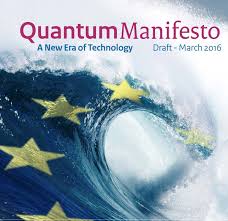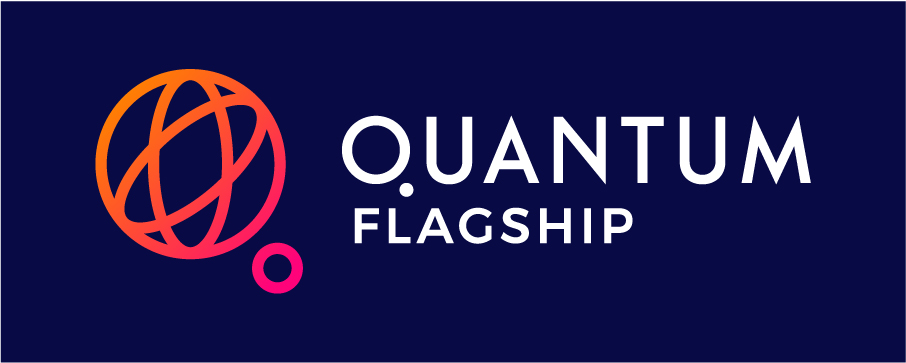20 December 2017 - Docs

Quantum Technology Innitiative in Slovakia
Experts from academia (Prof. Vladimir Buzek, Prof. Peter Samuely, Prof. Alexander Feher, Vladimír Cambel, DrSc, Prof. Miroslav Grajcar, doc. Karol Nemoga, doc. Mário Ziman) have met with the representatives of Slovak Ministry of Education to discuss possibilities of the support for the development of quantum technology oriented research in Slovakia. This is the starting point of the National Quantum Technology Slovak National Initiative. Although no formal proposals have been made, the process of the formulation of the national platform has started. Let us stress that the existence of such national platform is necessary requirement for Slovak researchers to have access to European Quantum Flagship. Specialized research programs and invesments are already running in many European countries: United Kingdom (350 M£), Denmark (300 M€), Germany (300 M€), Netherlands (300 M€), Hungary (10 M€), etc. Even stronger quantum technology programs are in China, Japan, USA, Canada, Australia. Huge recent investments of Google and Microsoft in quantum technologies demonstrates that the field has really strong potential.
20 December 2017 - Docs
Quantum Technologies Flagship Final Report || pdf ||
To prepare the QT Flagship, the European Commission appointed an independent High-Level Steering Committee (HLSC) consisting of 12 distinguished Academic Members and 12 high-ranking Industry Members (from both large multi-nationals and SMEs), as well as one observer. One of the members of HLSC was Prof. Vladimír Bužek, founder of Research Center for Quantum Information at Institute of Physics of Slovak Academy of Sciences. After almost one year, on July 2017, HLSC presented their final report.
The Strategic Research Agenda (SRA) proposed in this document sets the ambitious but achievable goals for the Flagship’s ten-year lifetime, and details them for the initial threeyear ramp-up phase. To work towards these goals, the QT Flagship should be structured around four mission-driven research and innovation domains, representing the major applied areas in the field: Communication, Computation, Simulation, as well as Sensing and Metrology. These application domains should be built on a common basis of Basic Science, with top research institutions and companies spread across Europe assisting their objectives by delivering novel ideas, tools, methods and processes. The enabling aspects addressed in each domain belong to one of these three categories: Engineering and Control, Software and Theory, Education and Training.
20 December 2017 - Docs

Quantum Manifesto || pdf ||
Strategic document that calls upon Member States and the European Commission to launch a €1 billion Flagship-scale Initiative in Quantum Technology, preparing for a start in 2018 within the European H2020 research and innovation framework programme. It was prepared by Aymard de Touzalin (European Commission), Charles Marcus (University of Copenhagen), Freeke Heijman (NL ministry for economic affairs), Ignacio Cirac (Max-Planck Institute for Quantum Optics), Richard Murray (Innovate UK) and Tommaso Calarco (IQST Centre, Ulm) and officially released on May 2016 at the Quantum Europe Conference in Amsterdam in cooperation with the European Commission and the QuTech center in Delft. It aims to place Europe at the forefront of the second quantum revolution now unfolding worldwide, bringing transformative advances to science, industry and society. It will create new commercial opportunities addressing global challenges, provide strategic capabilities for security and seed as yet unimagined capabilities for the future. As is now happening around the world, developing Europe’s capabilities in quantum technologies will create a new knowledge-based industrial ecosystem, leading to long-term economic, scientific and societal benefits. It will result in a more sustainable, more productive, more entrepreneurial and more secure European Union. Quantum Manifesto was endorsed by more than 3500 researchers and initiated the Quantum Technology Flagship. The document was prepared under FP7 Coordination Action QUTE-EUROPE (http://qute-europe.eu/) that was coordinated by Research Center for Quantum Information of Institute of Physics of Slovak Academy of Sciences (Mário Ziman).
